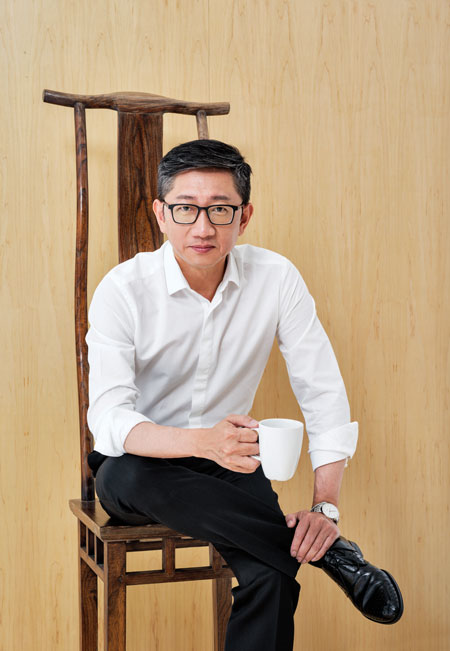
Sean Chiao MAUD ’88
In 2012, through a philanthropic initiative with AECOM Asia Pacific, the GSD embarked on a three-year research and design study. The Harvard GSD AECOM Project on China focused on two fundamental ambitions: reimagining the definition and components of cities, and pursuing new forms of urbanization based on challenges posed by development. Each year, the initiative focused on a theoretical problem and practical challenge using a particular city as an example. The first year examined the problem of the megaplot—the basic planning unit for rapid and speculative urbanization—using Xiamen as a case study. The following year, with Macau as the paradigm, the studio investigated the challenges faced by cities in city-regions and the effects of cross-border urbanization. In the final year of the study, the studio explored the status of the countryside in the context of state-driven initiatives to urbanize rural areas, with a focus on existing villages and new agricultural towns in Zhongmu County.
For one week each year, a new team of students joined Christopher Lee, associate professor in practice of urban design, and Simon Whittle, teaching assistant, onsite to participate in seminars alongside AECOM staff. Students explored how their research and proposals could be implemented through exhibitions and publications.
Lee shares, “With the support of AECOM, we were able to formulate a unique research and design studio that allowed our students to completely immerse themselves in the present and real challenges of urbanization in China. This deep and close engagement with stakeholders and decision makers in the cities and towns we visited made our research and subsequent design propositions directly relevant. At the same time, they opened completely new ways of thinking about the development of Chinese cities.”
Sean Chiao MAUD ’88, president of AECOM Asia Pacific, saw the project as a unique way to tap into the GSD’s intellectual capital and remain engaged with the School. Intrigued by the prospect of investigating an issue through the lens of three different cities over a period of time, he made a generous commitment to fund the project. Chiao also viewed the collaboration with the GSD as a way to “provoke the dialogue and find a different way of thinking, to see if we can stimulate ideas or new approaches. It’s very important for practitioners like AECOM staff because we’re always trying to be innovative and provide solutions.”
There are a lot of GSD alumni on our team at AECOM, and through projects like this, we are able to continue our relationship and stay up-to-date on the latest research and findings. We see value in giving back to the School through programs that provide opportunities for students to gain practical experience and to build stronger connections with the GSD.
As an alumnus, supporting the School with a studio research gift was personally meaningful for Chiao. “A major part of my career achievement is attributed to the GSD, through the education I received and through the alumni network. There are a lot of GSD alumni on our team at AECOM, and through projects like this, we are able to continue our relationship and stay up-to-date on the latest research and findings. We see value in giving back to the School through programs that provide opportunities for students to gain practical experience and to build stronger connections with the GSD.”


